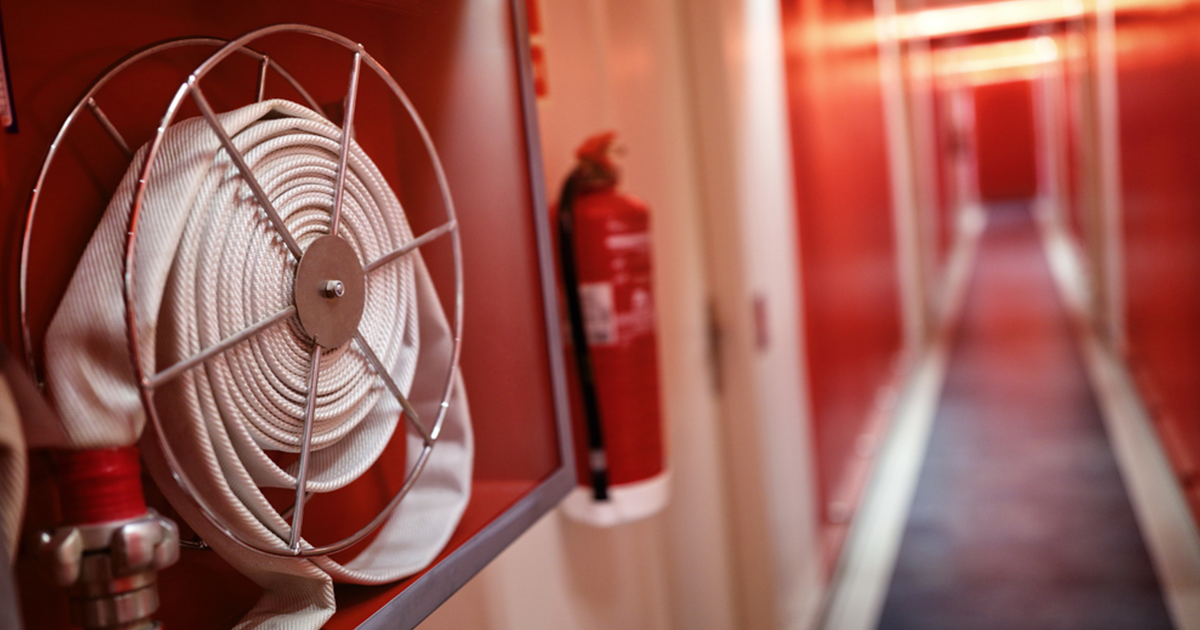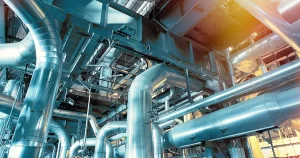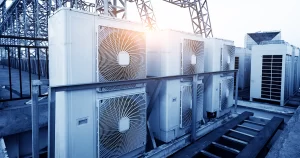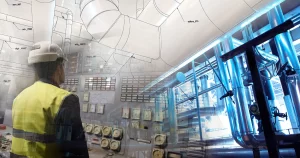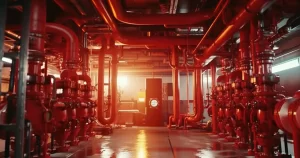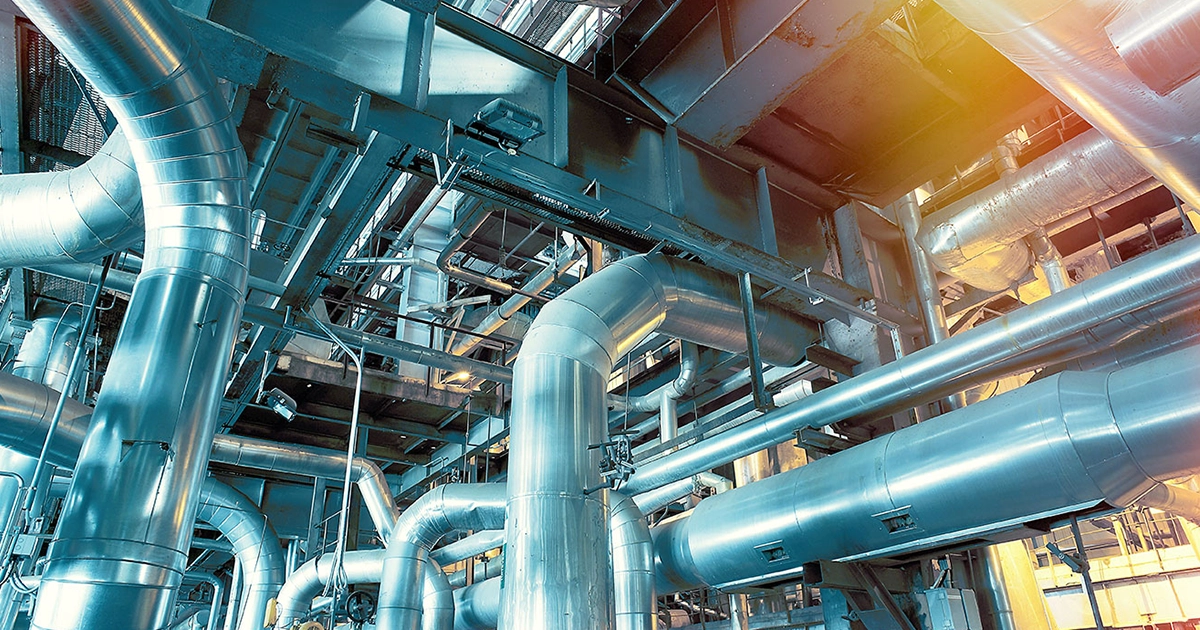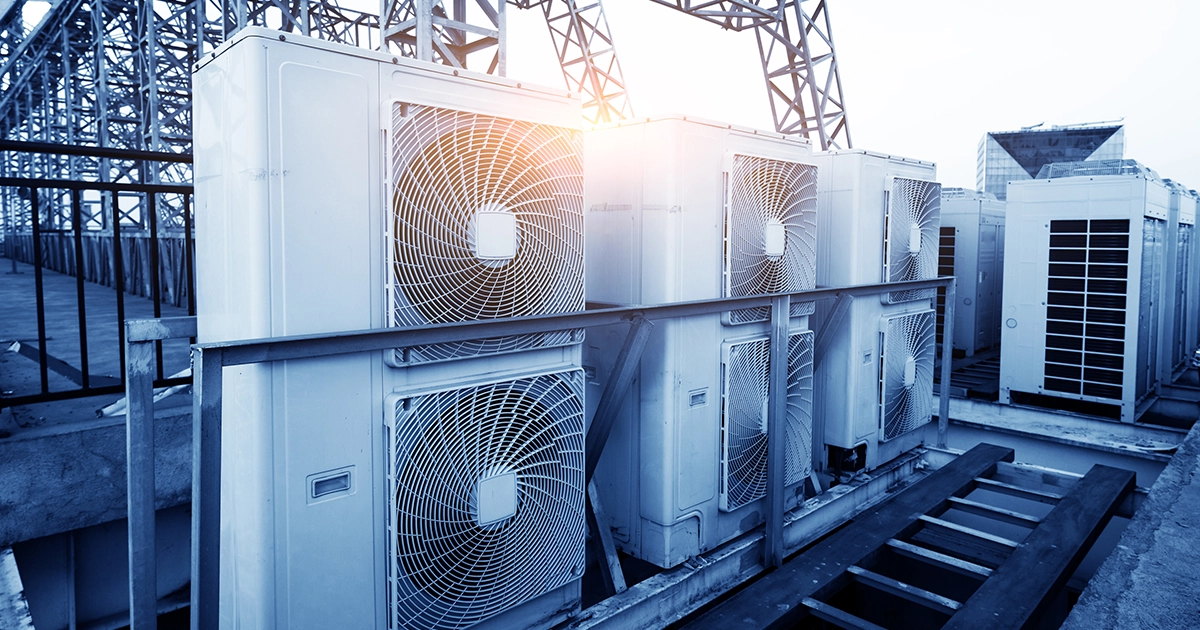Fires can cause noteworthy harm to buildings, putting people’s lives and property at risk. Whereas fire anticipation measures and fire security gear are basic, utilizing fire-resistant building materials can offer assistance to play down the hazard of fire and restrain its spread. In this web journal post, we are going to investigate the significance of fire-resistant building materials and their role in lessening the chance of fires in buildings. We are going to examine a few of the foremost common sorts of fire-resistant building materials and their characteristics, as well as the benefits and disadvantages of utilizing them.
Introduction to Fire-Resistant Building Materials
Fire-resistant building materials are materials that are planned to stand up to start, moderate the spread of blazes, and anticipate the collapse of a building amid a fire. The utilization of fire-resistant building materials can offer assistance to decrease the hazard of fires and constrain their effect, securing people’s lives and property. Fire-resistant building materials are utilized in an assortment of building applications, counting dividers, ceilings, floors, and rooftops. These materials are planned to meet particular fire security measures and are tried beneath research facility conditions to guarantee their viability. In this web journal post, we are going to give a presentation on fire-resistant building materials, including their benefits, sorts, and characteristics, to assist building proprietors and supervisors make educated choices around fire security.
Why Fire-Resistant Building Materials are Important?
Fire-resistant building materials are vital since they play a basic part in lessening the hazard of fires and restricting their effect. Fires can cause noteworthy harm to buildings, putting people’s lives and property at risk. Utilizing fire-resistant building materials can offer assistance to anticipate fires from the beginning, moderate the spread of blazes, and avoid the collapse of a building amid a fire. In expansion to securing individuals and property, the utilization of fire-resistant building materials can decrease the fetch of fire harm and protection premiums. Fire-resistant building materials are planned to meet particular fire security guidelines and are tried beneath research facility conditions to guarantee their adequacy. By utilizing fire-resistant building materials in development and redesign ventures, building proprietors and directors can offer assistance to guarantee the security of inhabitants and ensure their property from fire harm.
Common Fire Hazards in Buildings
Buildings can contain numerous potential fire dangers that can put tenants and property at risk. Distinguishing and overseeing these dangers is fundamental for lessening the chance of fires and ensuring people’s lives and property. A few of the foremost common fire risks in buildings incorporate include incorporate defective wiring, over-burden electrical outlets, warming hardware, cooking hardware, smoking, and combustible materials such as chemicals, powers, and cleaning supplies. Other fire dangers incorporate blocked fire exits, disgracefully putting away combustibles, and insufficient fire security hardware such as fire alerts, sprinklers, and quenchers. By distinguishing and overseeing these risks, building proprietors and supervisors can offer assistance to avoid fires from the beginning and restrain their effect on the off chance that they do happen. Standard fire chance evaluations can offer assistance to distinguish and address potential fire risks in buildings, whereas legitimate support and security methods can offer assistance to avoid fires from happening.
Testing and Certification of Fire-Resistant Building Materials
Fire-resistant building materials must be tried and certified to guarantee their adequacy in decreasing the chance of fires and restricting their effect. Testing and certification of fire-resistant building materials are as a rule conducted by free third-party organizations such as Financiers Research facilities (UL), Intertek, or the National Fire Security Affiliation (NFPA).
Amid the testing preparation, the materials are subjected to an arrangement of tests that mimic real-world fire scenarios. The tests assess the materials’ capacity to stand up to start, anticipate fire spread, and keep up auxiliary judgment amid a fire. The tests too degree other characteristics of the materials, such as smoke generation, poisonous quality, and warm conductivity.
On the off chance that the materials meet the built-up criteria, they are certified as fire-resistant and doled out a fire rating based on their execution. The fire rating framework is based on a scale from A to F, with A being the most noteworthy rating and F being the least. The evaluations are relegated based on the material’s capacity to resist fire and anticipate its spread.
It is critical to note that fire-resistant building materials ought to be utilized in understanding their aiming application and introduced agreeing to the manufacturer’s determinations. Legitimate establishment and support are significant for guaranteeing the materials’ adequacy in lessening the hazard of fires and restricting their effect. Building proprietors and directors ought to moreover be mindful of the materials’ impediments and get their part in by and large fire security.

